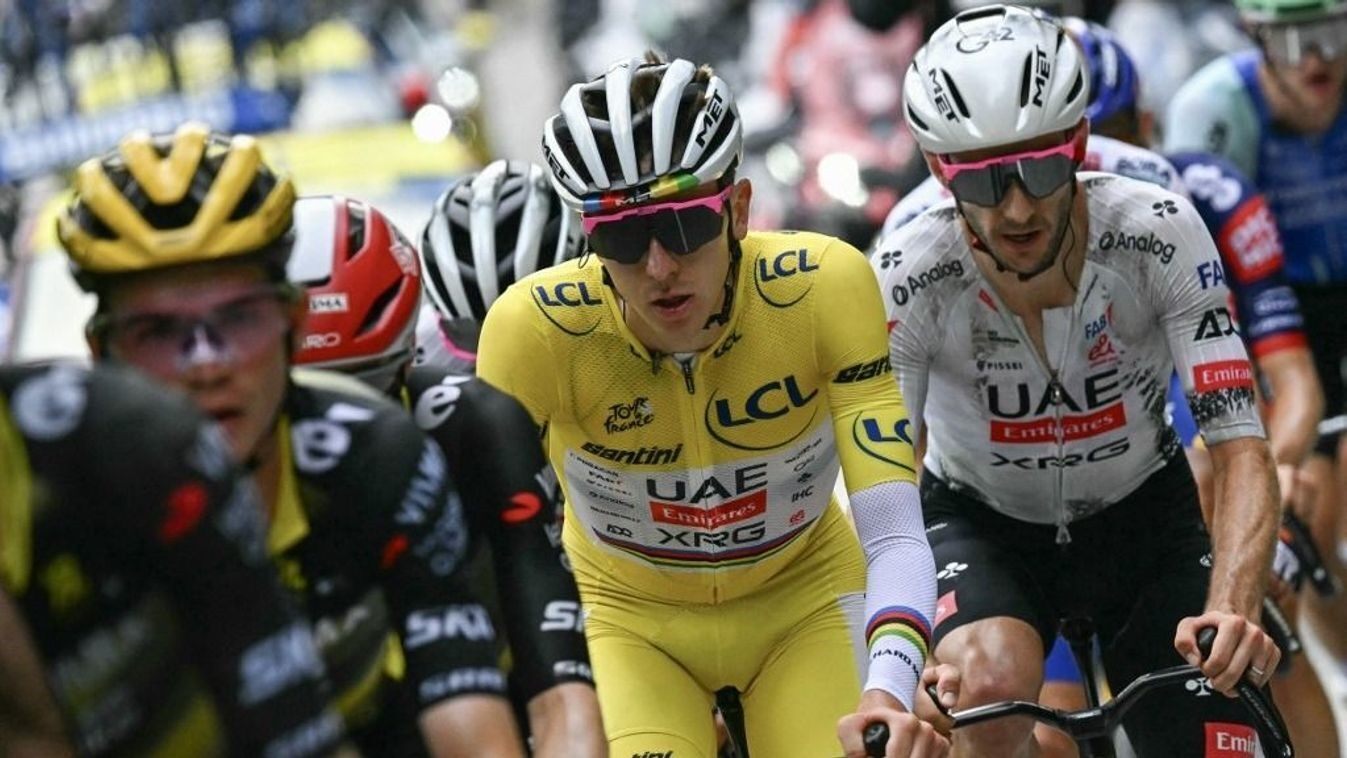A think tank EMBER, known for its bold statements on clean energy topics, recently published a new report on electrification.They managed to condense the core message into a single diagram, which summarizes the seven key points that are then explained in more detail. The diagram essentially aligns a time trial sprint with a long-term strategic race, showing that both dynamics unfold within the same three-week race format. The sprint is the competition to replace fossil fuels with renewables (solar, wind, geothermal etc.), while the long race represents the global and comprehensive electrification of the world economy, this is the Grand Tour that will eventually electrify everything, from heating to transport to steel production, turning it all into systems powered by electricity.
EMBER clearly backed up with data that there’s plenty to talk about in both races. Last year, solar and wind power already covered 15% of global electricity generation, and their output grew by 17% in just one year. At this pace, it’s likely that these two renewable sources alone will soon be able to meet global demand growth. In contrast, in the strategic game, electrification has reached 22% of final energy consumption and is now able to meet 40% of demand growth. According to an analyst interpretation published on the Portfolió platform, the core message of the study is that everyone has been focusing on renewables like a time trial, while the real stage race, electrification, hasn’t received nearly enough attention, which is no longer sustainable, so we should shift our focus and place the big bets here instead. “Most national climate plans include targets or strategies for renewable energy, whereas electrification is often only partially addressed or not addressed at all.” reads the concise and sharp analyst insight in the article.
The EMBER report also contains plenty of citable data: the challenge is to reduce fossil fuels in transport by 95%, in industry by 56%, and in building energy supply by 37% — or at least come close to it. In relation to this, László Varró, Vice President for Global Business Environment at Shell, added two important comments to the study. One is that although solar panels and wind turbines have become the icons of the green transition, heat pumps and electric cars deserve the same recognition. The other is that the electrification of non-electric segments of the energy system is turning into one single, massive global race. A race where China already leads the pace and, if Europe falls too far behind, it could eventually result in the green transition running out of steam — and us failing to reach the goal at all.
While I agree with the overall message, speaking from the saddle of ,,Team Mitigia”, I tend to view things through a slightly different lens. On the one hand, I believe that when it comes to the electrification of the global economy, we still need to aim for the checkered flag at the end of the race — we cannot afford to give up: humanity must leave fossil fuels behind by 2050, on schedule. On the other hand, I think we are currently catching our breath at a refreshment station, and now, reflecting on our past race strategy and the current results, we need to decide to pick up the pace in a different way going forward.
I’m convinced that by shifting our primary strategic focus toward electrification (indirectly including the carbon market actions I’ve dissected multiple times before), we can perform better on the course. In parallel with the growth in green energy production, the electrification process can be accelerated, resulting in a more efficient energy system overall. And ultimately, the combination of renewable energy generation and the electrification of the economy may help us achieve energy independence for Hungary faster – or, if you like, to a greater extent. Moreover, through electrification, we can even set our sights on achieving 100 percent clean energy use by the end of the race. At the same time, our tactical toolbox is expanding: prioritizing electrification on the production side not only means more renewable power plants, but increasingly also large-scale energy storage – the impact of which will soon be visible both at home and across Europe. On the consumer side, such a step could be adopting electric corporate fleets – which must be supported by a robust green-powered EV charging network. Either way, the latest e-mobility report from the International Energy Agency (IEA) and the European Commission’s draft regulation aiming for a 100% electric corporate vehicle fleet by 2030 both seem to point toward the need for this change of pace in the electrification of the economy. Water bottle? Check. Energy bar? Check. Muscles massaged? Check. Time to head toward that looming hill – the finish line is at the top.
This article was first published on the 29nd of July, by Levente Tóth, CEO of mitigia, on their personal LinkedIn profile.




